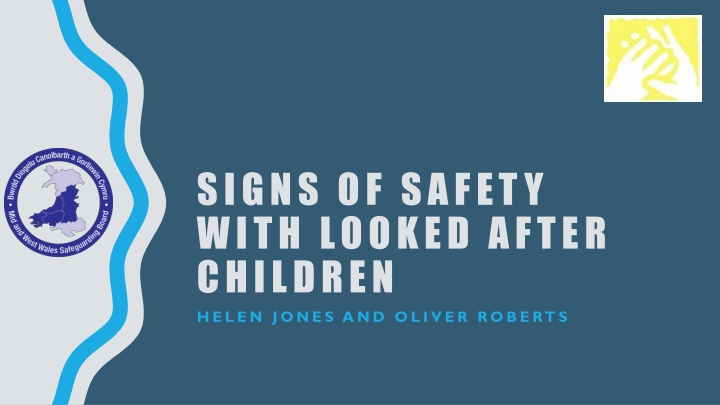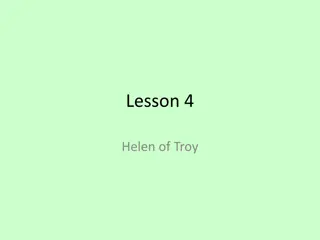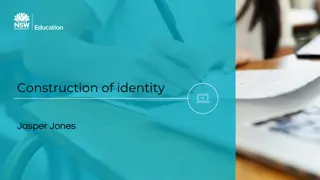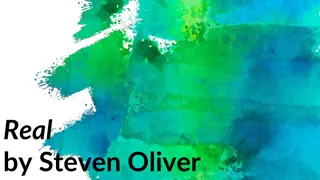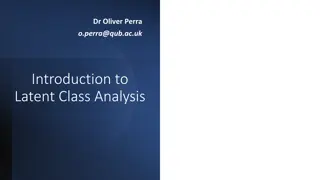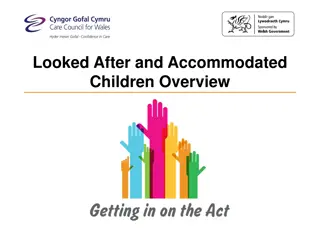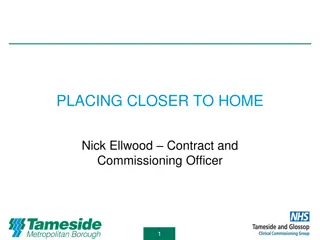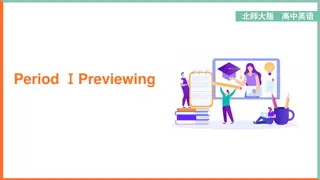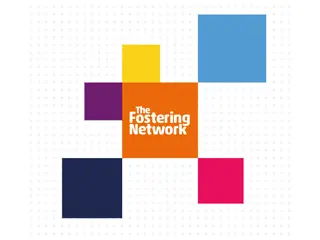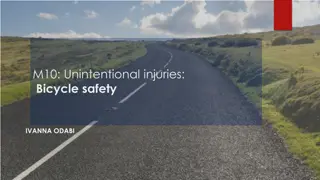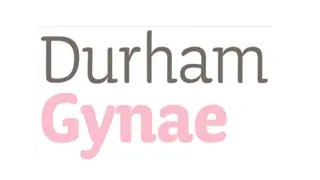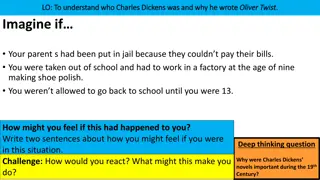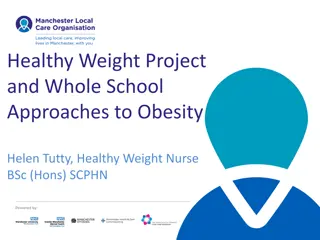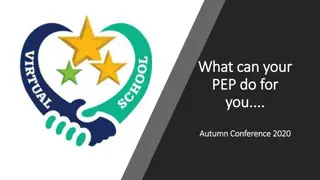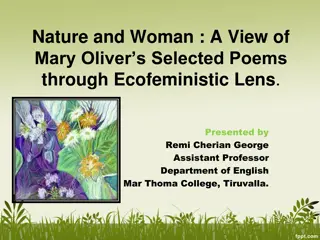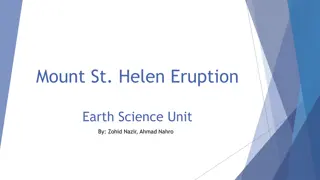Safety Measures for Looked After Children with Helen Jones and Oliver Roberts
Exploring the implementation of Signs of Safety (SOS) in pre-existing Looked After Children (LAC) cases and reviews, highlighting the benefits of incorporating SOS tools such as ecomaps and Danger Statements. A case example illustrates the use of SOS in the LAC review process, emphasizing transparency, goal-setting, and measuring success. Additionally, a detailed Danger Statement sheds light on concerns regarding child safety in a specific family situation.
Download Presentation

Please find below an Image/Link to download the presentation.
The content on the website is provided AS IS for your information and personal use only. It may not be sold, licensed, or shared on other websites without obtaining consent from the author.If you encounter any issues during the download, it is possible that the publisher has removed the file from their server.
You are allowed to download the files provided on this website for personal or commercial use, subject to the condition that they are used lawfully. All files are the property of their respective owners.
The content on the website is provided AS IS for your information and personal use only. It may not be sold, licensed, or shared on other websites without obtaining consent from the author.
E N D
Presentation Transcript
SIGNS OF SAFETY WITH LOOKED AFTER CHILDREN HELEN JONES AND OLIVER ROBERTS
BRINGING SOS INTO LAC Joint decision was made to incorporate SOS into pre-existing LAC cases and reviews. Regular joint meetings between IROs and LAC practitioners Changed structure of review- introducing 3 columns initially and then Statement and Goals/scaling Practitioners started to introduce SOS tools in practice such as ecomaps/3 houses/Well-Being and Danger statements
CASE EXAMPLE Overview 12 year old non-accidental injury case against father, in respect of their 3rd child, 2 elder children remain with parents 3rd child placed with grandparents. Parents expecting 4th child Subsequently born 29 weeks prem Placed on CPR at birth category Physical Abuse Plan of PACT placement following birth, mother only.
USE OF SOS IN PROCESS LAC Review IRO went through the Danger Statement- explicit 1st time ever father accepted responsibility Use of three columns Transparency all able to see what is written Use of goals/ links between Next Steps and overall outcomes Scaling Offers a baseline for measuring movement/success
DANGER STATEMENT: Ollie, your social worker, is really worried about you getting hurt if you moved to live with your mum and dad as a baby. The reason he is worried is that when your brothers and your sister were babies they all had bruises that no one has been able to explain how they got them. When one of your brothers was a baby he stopped breathing and your dad said that he tried to resuscitate him while he waited for the ambulance. When your brother left hospital he was not allowed back to live with your mum and dad because the medical people were worried that someone had caused his injuries. Everyone went to court to tell the judge what they were worried about and the Judge said that the evidence he had heard and seen suggested that your dad had shook your brother which caused the majority of the injuries but also that some of the evidence suggested that some of the injuries were older and had happened before when your brother was really little. The other thing that worried the social worker was that in the medical notes it also showed that at 19 weeks old your sister had a bruise on her forehead and left cheek. The medical notes also said that another brother had a bruises when he was a baby, he also had a small bleed on his eye and various marks and/or bruises to his face and body and then when he was a little older he had more bruising to his face and forearms. Your dad has always said that he didn t hurt any of your brothers or sister and your mum and dad have always said that they don t know how they ended up being hurt when they were babies. Ollie will probably never know who caused the injuries and how, so Ollie will have to keep thinking that it was your dad and that your mum didn t keep them safe.
USE OF SOS IN PROCESS WHAT S WORKING WELL Improve Communication Transparency around reason for involvement/expectations Engagement/participation Parents/young people/children/carers Recording of LAC reviews more child friendly Relevant discussions in review/recommendations as an outcome of SOS WHAT ARE WE WORRIED ABOUT? Social workers finding the time to make the shift with use of language/terminology Fitting SOS into current recording systems/forms
